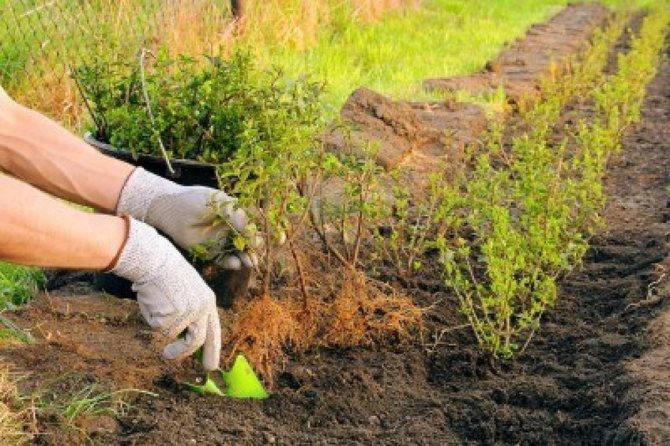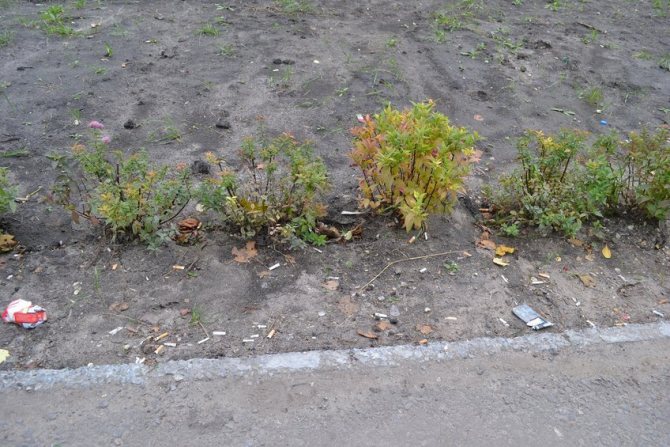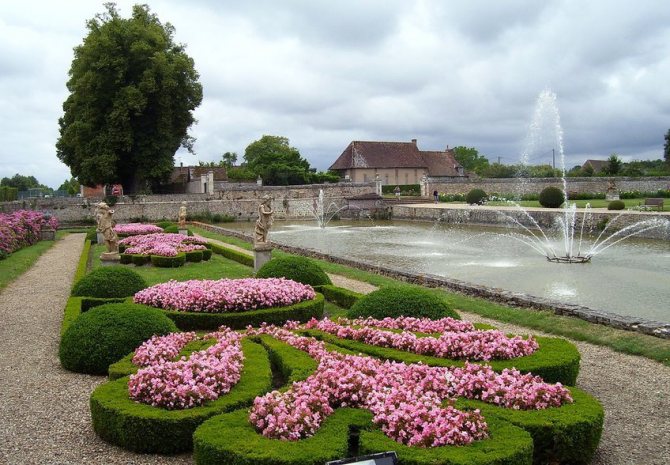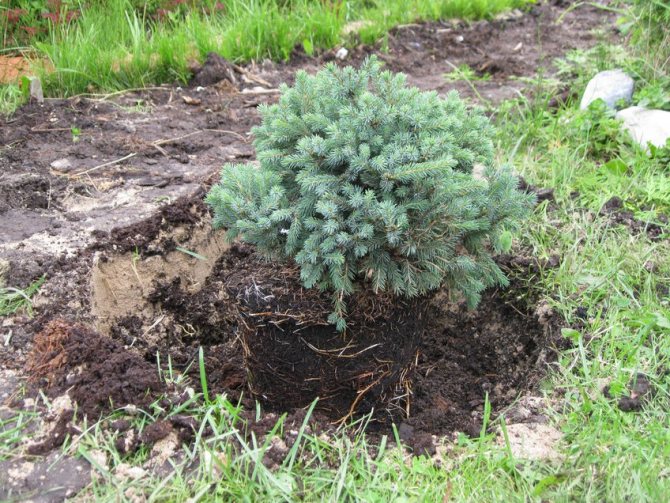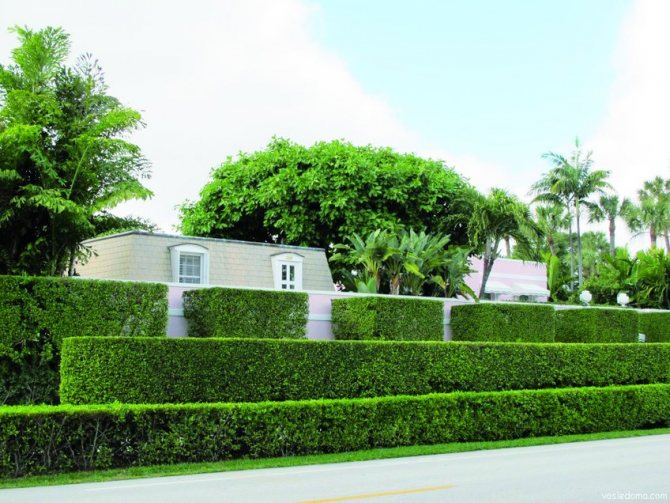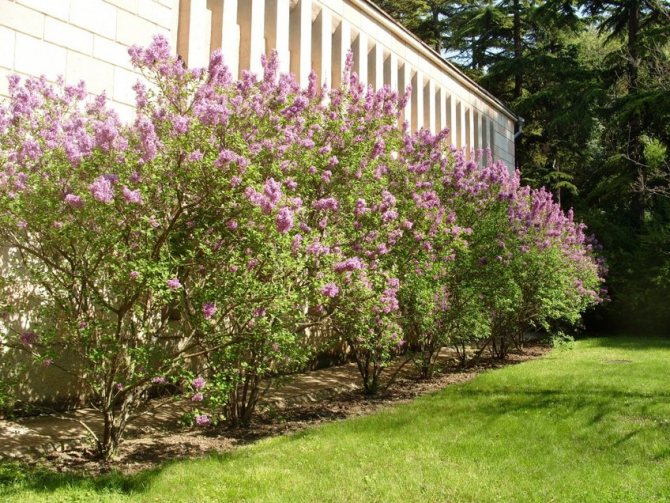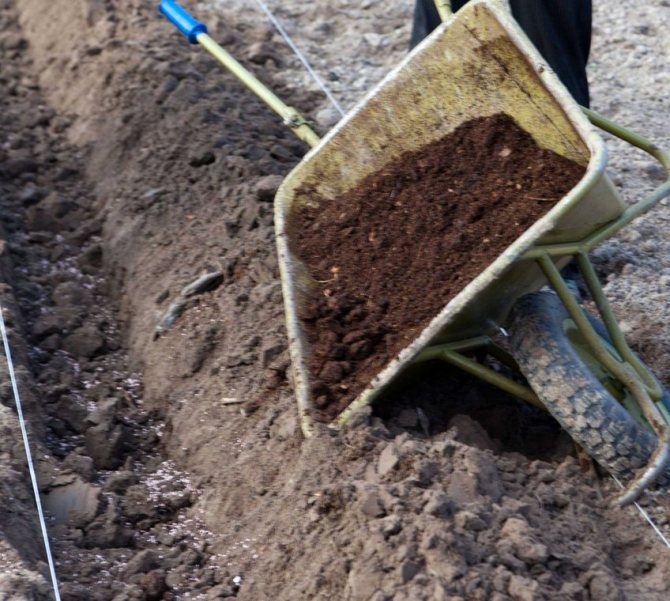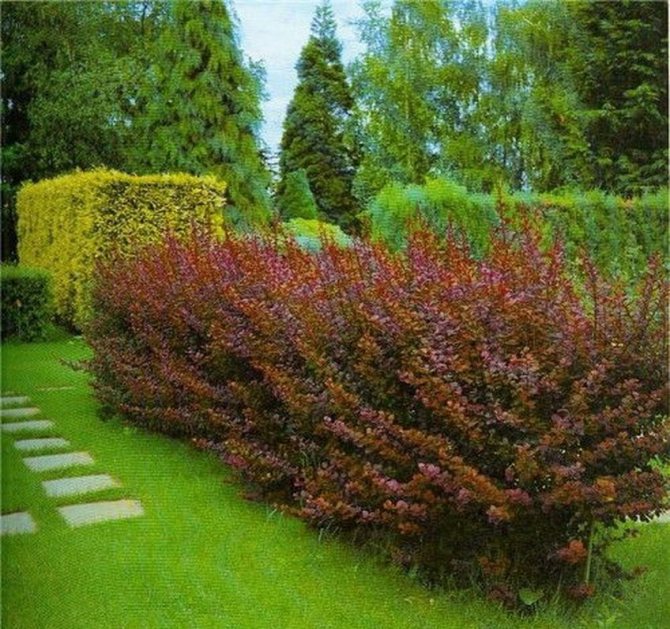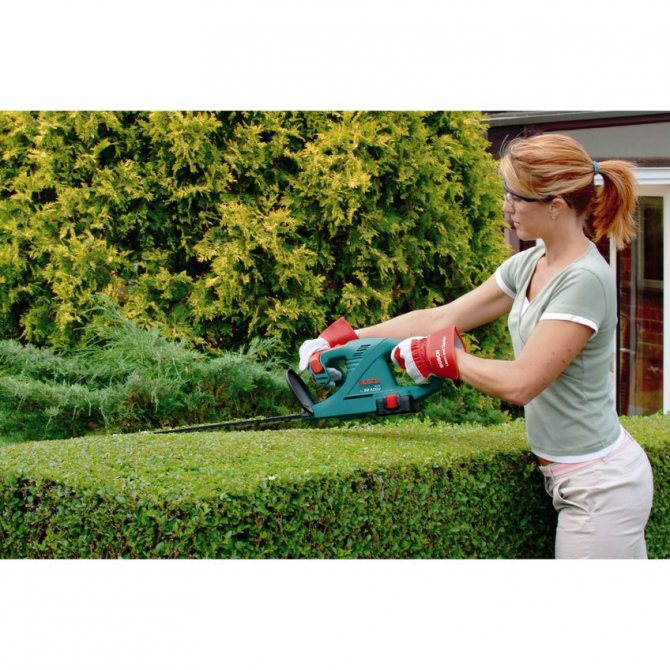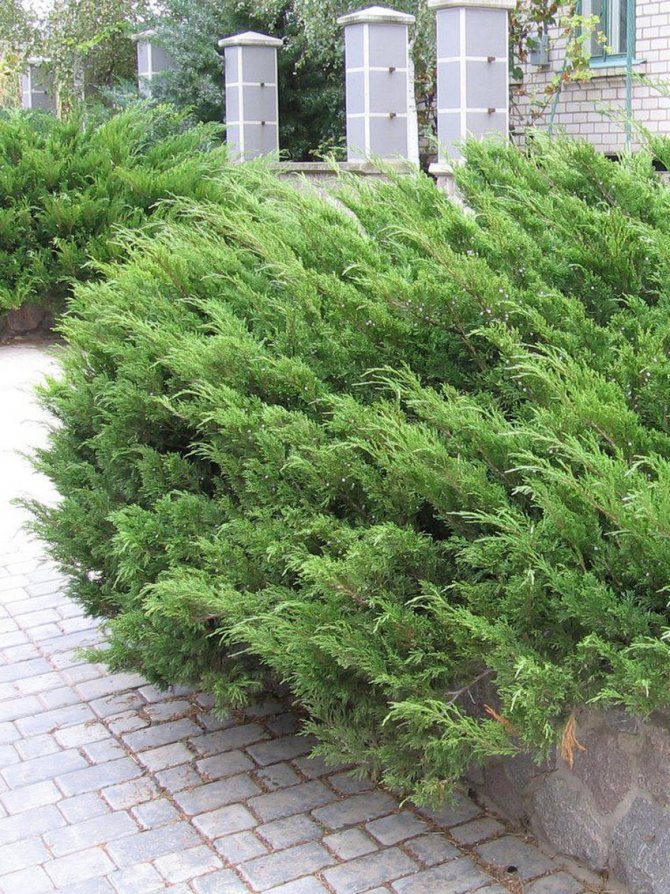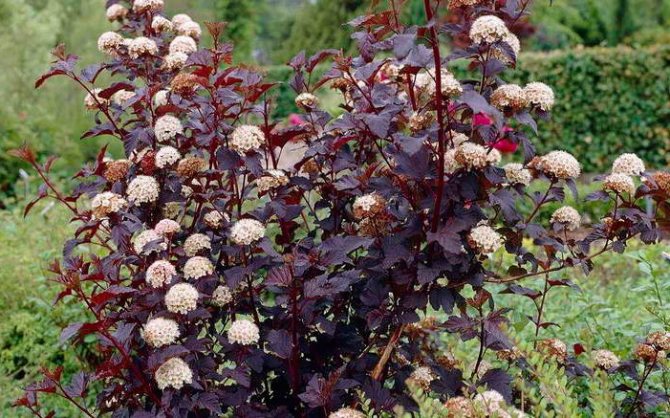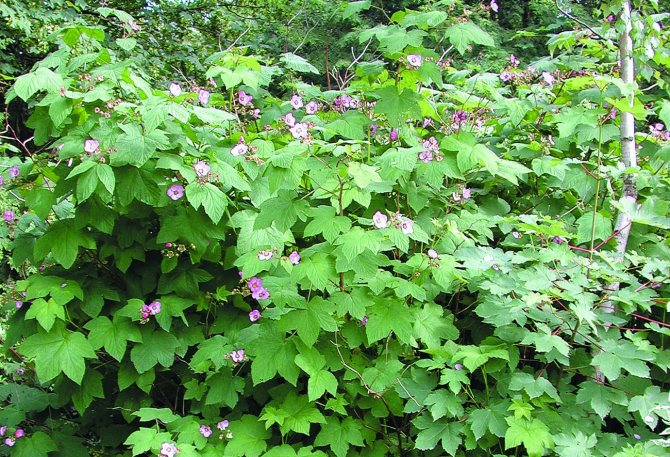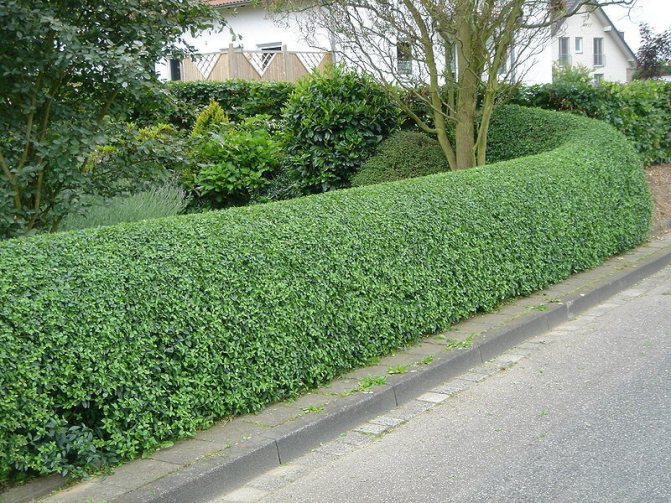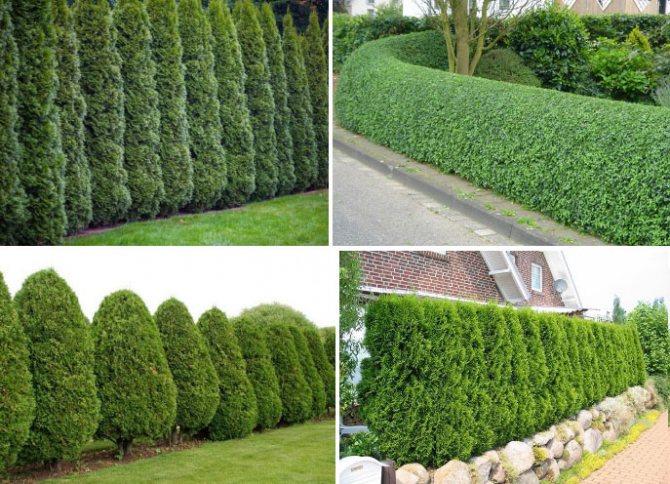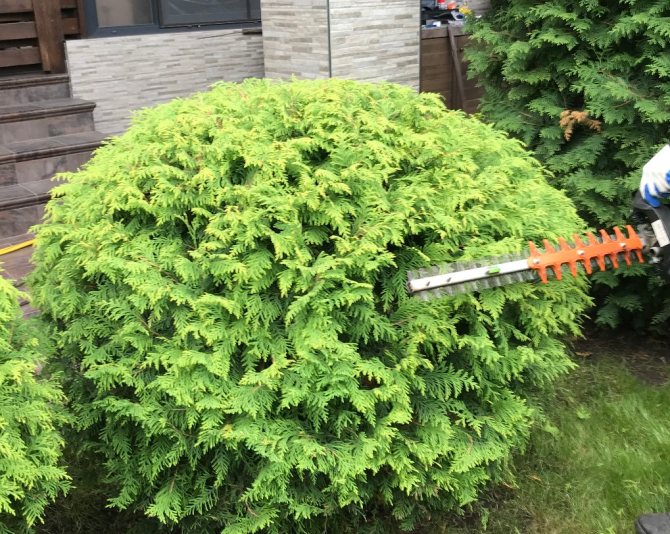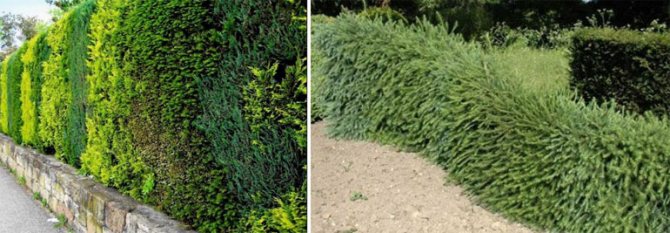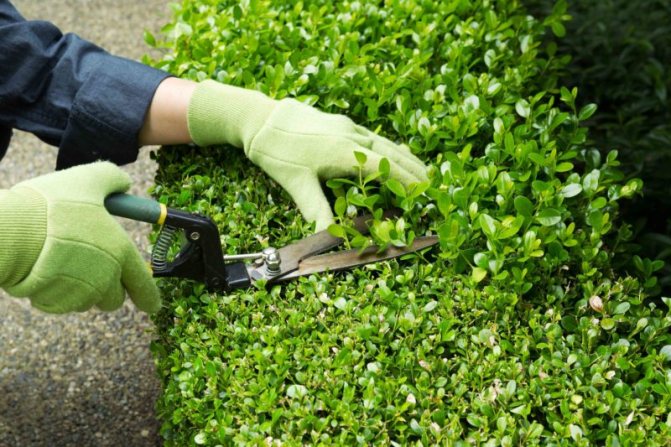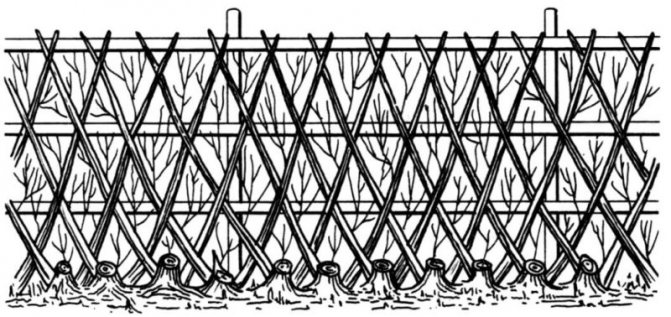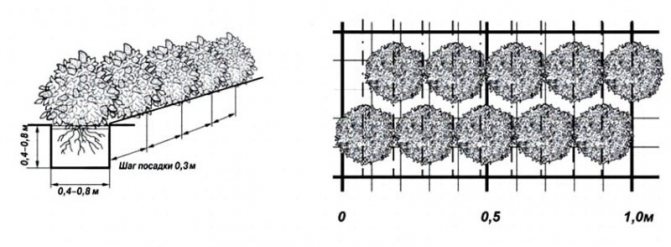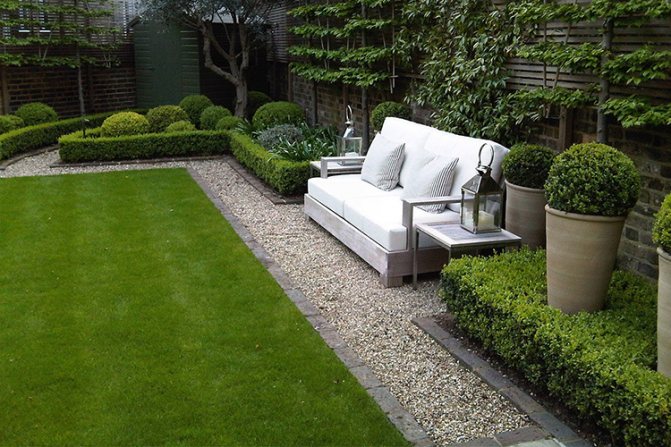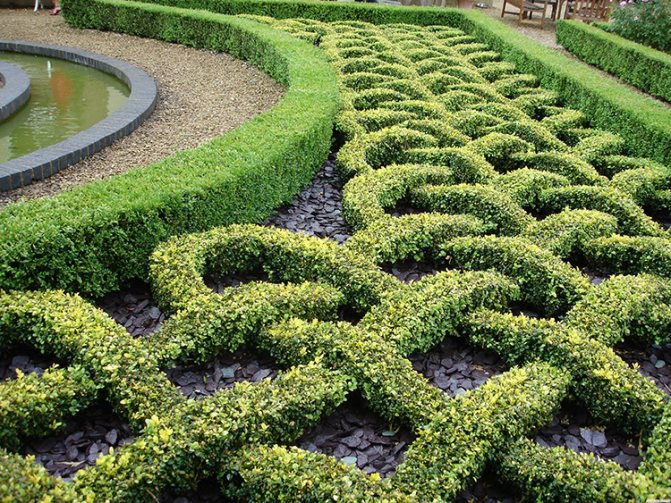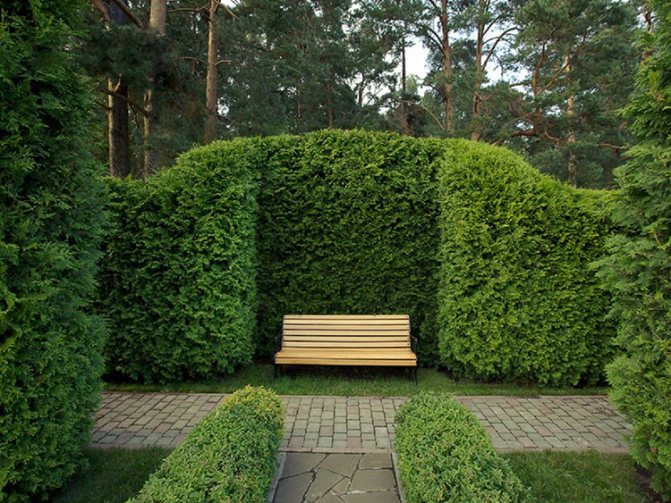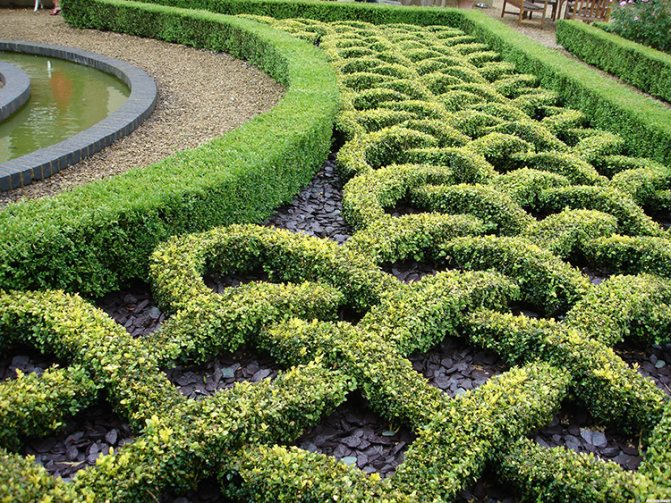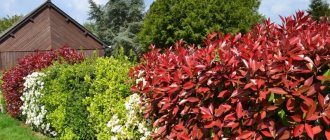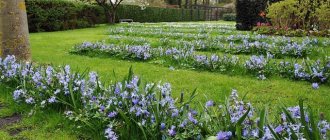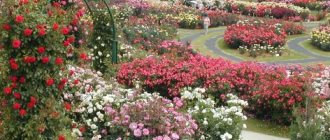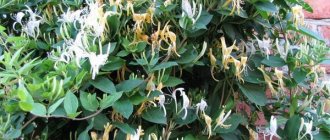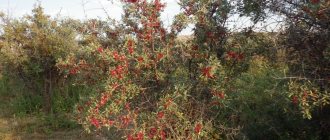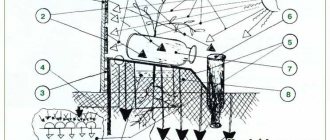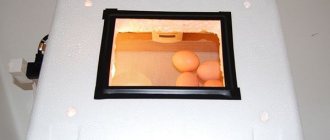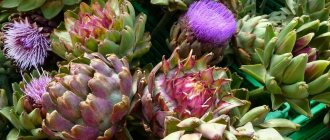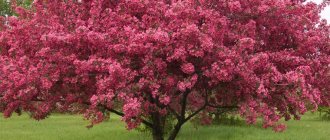A barbed fence, in addition to its aesthetic appearance, wind / dust / noise protection, will also help protect your site from uninvited guests.
A hedge can become an additional obstacle for people with unkind thoughts, as well as for wild animals who want to feast on your garden and front garden, it will be too tough for large animals that willingly eat juicy greens from non-prickly hedges. And he will staunchly defend your country house or summer cottage in your absence.
Approximate terms for the formation of a fence
A hedge of plants that grow rapidly can be equipped with several types of plantings. Such a fence requires constant care both during the growth of only planted shoots and during an already formed fence. Plants for a hedge are selected so that the hedge is the same height and density. After all, different types of greenery grow unevenly - some specimens stretch upward, others have time to grow in width during this time.
A full two-meter hedge can be formed from fast-growing perennial plants in about 2 years.
Plants are selected so that they fenced off the territory, but did not penetrate into the neighboring area. Both perennials and annuals are used for hedges. Annual plants need to be replanted annually, which is not always acceptable. Annuals are also not suitable for fencing the outside of the site.
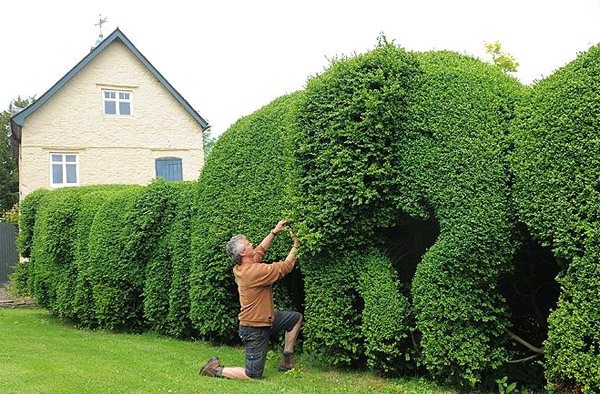
Benefits of shrubs and trees for hedge
Regardless of which plant the hedge will be created from, it will in any case have significant advantages:
- Beauty and aesthetics. A blooming hedge will add a special color to the garden plot, a green fence will look much better than a wooden or metal one.
- Durability. Hedges live much longer compared to rapidly rotting wood and rusting metal.
- Protection of the personal plot. A fence of fast-growing shrubs will protect from prying eyes and unwanted guests, wind and dust.
- Environmentally friendly and economical. A relatively economical fence, all costs include only the cost of the bushes themselves.
Fast growing shrubs
Fast-growing bushes are the optimal solution for the formation of a dense hedge in a short time. For fencing the site from the outside, suitable specimens with spines... The result will be an impassable fence that will qualitatively protect the territory from intruders and animals. You can pick up not only ornamental shrubs, but also fruiting... You will receive both a chic fence and blanks for the winter.
Shrubs are selected taking into account the characteristics of the site, the composition of the soil and the climate. Different types of bushes can be combined with each other.
Instances are selected so that the end result is a fence of approximately the same size. Some shrubs have a negative attitude towards the removal of the tops. Next, we will consider the most suitable types for a fast growing hedge.
Dogwood
Shade-tolerant and unpretentious shrub. It is ideal for outdoor hedges. It has beautiful leaves and ornamental fruits that are edible. Berries are used in folk medicine due to their nutritional properties.The height of the bush is 2-5 m. It blooms from March to April for about two weeks, then leaves bloom. Produces abundantly in open areas and in neutral soil, but grows well under any other conditions.
It is planted in spring or early summer. You can form a dogwood hedge in the fall, but no later than 3 weeks before frost. When planting in autumn, the leaves are removed from the seedlings. Instances up to two years old are suitable for laying a hedge. Autumn planting for the winter can be covered with foliage.


Kalifolia bladder
An unpretentious shrub with excellent decorative qualities. The plant has a lush, rounded crown. It can grow in the shade, but the leaves lose their rich color. The shrub is great for city hedges along highways.
Container copies are suitable for laying a hedge. They can be planted throughout the warm period. Frost-resistant, does not require shelter. Only in very severe frosts can the tips of the shoots freeze slightly.
Barberry
A thorny shrub that can grow on any soil, it is drought tolerant. Badly refers to the stagnation of water in the area. Thanks to the thorns, an impassable fence is formed.
For hedges, both undersized and tall varieties are used. The plant is decorative, especially during the flowering period and when the fruits are ripe. A hedge will need a lot of material. The fruits are suitable for home harvesting.
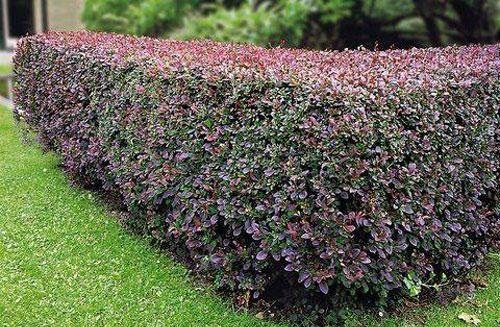

Thorn
Unpretentious and undemanding to care for. The bushes are compact, up to 3 m high, do not require careful pruning. The fence turns out to be thick and impassable. The fruits are edible after frost and have medicinal properties. The hedge is especially beautiful in the spring during the flowering period, when the leaves have not yet blossomed on it. It attracts with an almond aroma.
When laying a hedge, each bush is cut, leaving a height of up to 15 cm. This measure allows you to accelerate the growth of the bush. To obtain an impassable fence, pruning for the next year can be repeated. Further, the required height is maintained.
You can see a photo of a hedge in the country from various plants in this article.
How to plant and care for a spruce hedge - read here.
Read about the advantages and disadvantages, as well as varieties of hawthorn for hedges, in this article.
Green hedge maintenance
When laying a green fence on an individual or summer cottage, it should be borne in mind that caring for a hedge during the season is much more difficult than for ordinary garden plants. This is largely due to the fact that you need to tirelessly monitor the vegetable hedge - water, fertilize and mow. If you treat the issue of trimming and trimming hedges without proper attention, it can grow so much that it will be impossible to put it in order and you will have to cut the planting "to zero".
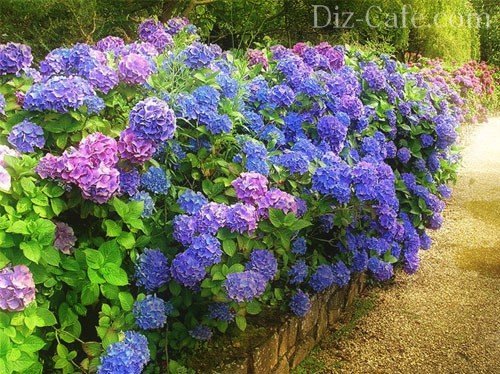

Lush hydrangea inflorescences, collected in a hedge, will decorate your garden with a bright accent and protect from uninvited guests
Haircut and trimming rules
Cropping when planting
Deciduous varieties of trees and shrubs formed into hedges are pruned strongly immediately after planting, leaving 10-15 cm of the aboveground part of the seedling to accelerate the growth of shoots at the base. If the seedlings were purchased with a bare root system, then the aboveground part should be trimmed at half the existing height. Seedlings grown in a container are cut to one third of the height.
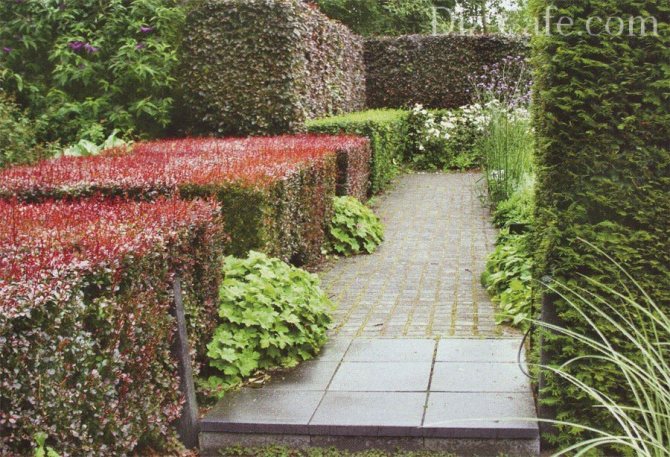

The combination of multi-height and multi-colored geometric borders will give your garden a unique flavor
Pruning in season two
After a year, the planted hedge is trimmed about 4 times per season - from May to August. Light pruning in the second year of the hedge is aimed at giving the planting a certain shape and increasing the density of branching.
In strong pruning - to a height of about 15 cm from the surface of the ground, the following types of shrubs are needed: privet, hawthorn, blackthorn, tamarix. At 1/3 of the height of new shoots are cut: cotoneaster, hornbeam, barberry, boxwood, beech. Cardinal pruning is not required: juniper, cherry laurel, cypress, cypress. In such hedges, only individual branches are cut, which are knocked out of the total mass and give the hedges an untidy look.
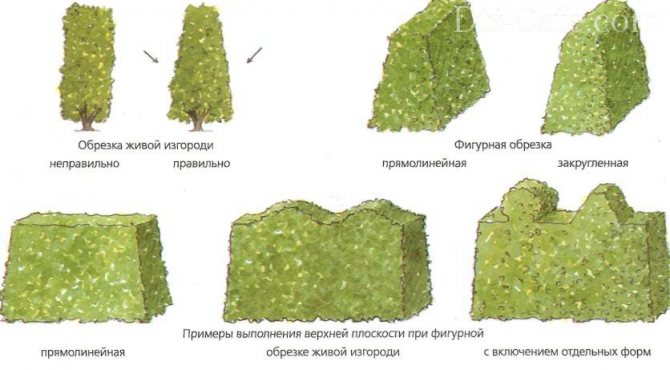

Trim the hedge so that the bottom is wider. than the top
Climbing plants
For a fast-growing hedge, you can take annuals, provided that they are located on a support as a decorative element. They are sown quite thickly. Such plants will not protect the territory from animals and strangers, but they will carefully hide it from unnecessary eyes. The plants are renewed every year.
Suitable for a one-year fence kobea, sweet peas, morning glory (twisted panych), ornamental beans, nasturtium and others... They are intertwined, resulting in a solid green blooming panel up to 5 m high, depending on the type of annuals.
The following types of perennial plants are also popular.
Climbing (curly) roses
Very decorative during the flowering period. The fence made of them turns out to be impassable thanks to the thorns and interlacing of the vine. It is recommended to separate the shrub a little from other flowers. The plant does not tolerate stagnant water well. It should not be planted in places where groundwater is located closer than 2 m.
The hedge is laid in the fall until mid-October. Form the appearance of the hedge from the second year after planting the bushes. Plants are tied up. A horizontal garter gives only growth in height, a vertical one - a large number of shoots. This must be taken into account when forming the density of the fence.
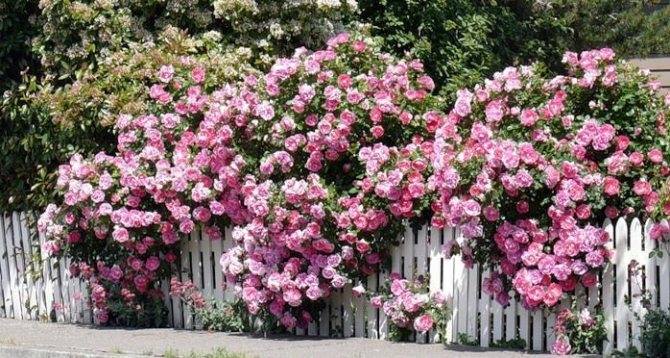

Clematis
The whole warm period is decorative. For laying a fence, bushes no older than two years are used, they are planted in the fall. Plants grow optimally in open areas. Clematis do not tolerate acidic soils, overflow of water and constant dampness, fertilization with peat and manure. In hot weather, the soil must be protected from overheating by mulching with humus.
In order for clematis to bloom profusely, they must be cut off. For the winter, the bushes are covered, since the root collar of the bush is prone to freezing, especially those parts of it that have not yet risen to the surface.
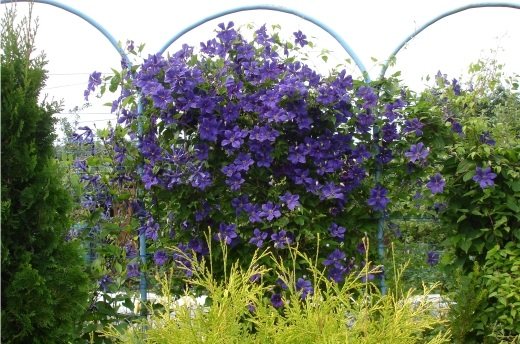

Honeysuckle
An ornamental shrub up to 6 m high. Attracts gardeners with high decorative qualities during the whole warm season. A hedge can be formed from a variety of honeysuckle varieties. The result is a flowering fence of various shades: yellow, carmine red, pink-red and orange-yellow. It goes well with climbing roses.
The fruits are edible, in some varieties they crumble themselves. For the first 5-7 years, only sanitary pruning is needed, the crown of the hedge is formed at a later age.
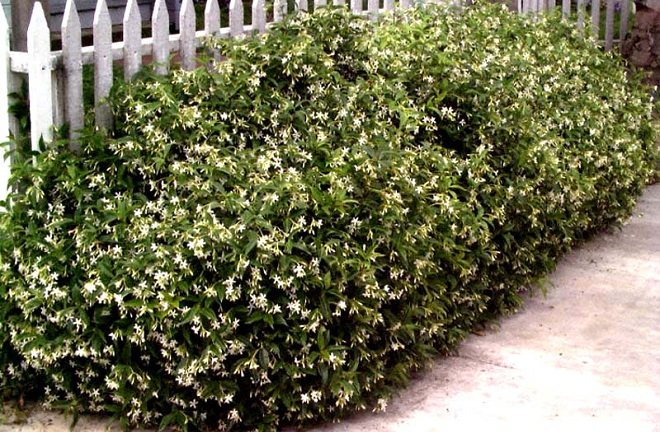

Ivy
Decorative thanks to its foliage, which develops in large numbers. Fences can be composed of different plant varieties. The bush tolerates shade well, but loses foliage in too shaded places. Does not tolerate scorching sunlight. Ivy is not picky about soil, pruning and maintenance, the main thing is that the soil does not dry out.
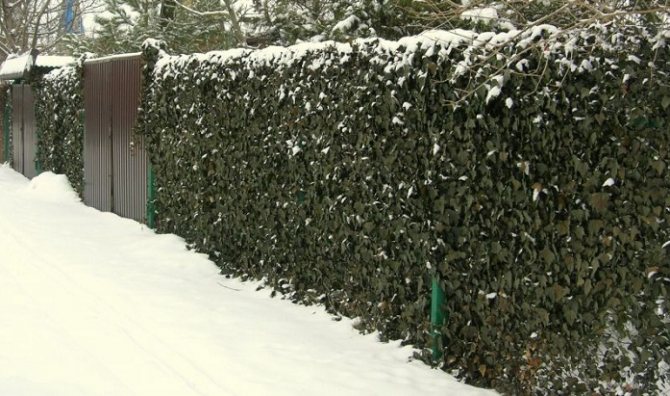

Trees for a fast growing fence
Eucalyptus
Among the trees, the fastest growing is the eucalyptus. For landscaping, Hunni, few-flowered and lemon varieties are used. They are undemanding to soil, drought-resistant. The height of the hedge is regulated by pruning. Covering is recommended for the winter. Do not allow the soil to dry out.


Willow
Suitable as a fast-growing hedge, unpretentious to the quality of the soil. Some varieties can be shaped like a shrub by undercutting the trunk.There are undersized and dwarf trees, for example, purple willow, goat willow; they are very decorative as a green fence but love moisture. It is recommended to spray the hedge in the heat.
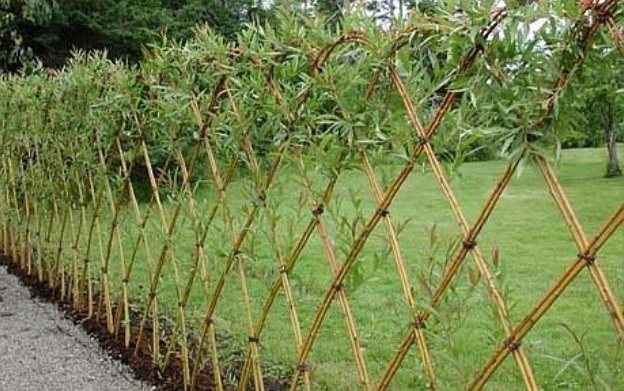

Aspen
It is unpretentious and grows in any soil. The hedge is formed from young shoots no older than a year. The branches are intertwined, resulting in an impregnable fence. The tree is not demanding to care for. The height of the hedge is controlled by pruning, in which case a lot of overgrowth appears. Under such a fence, aspen mushrooms appear over time.
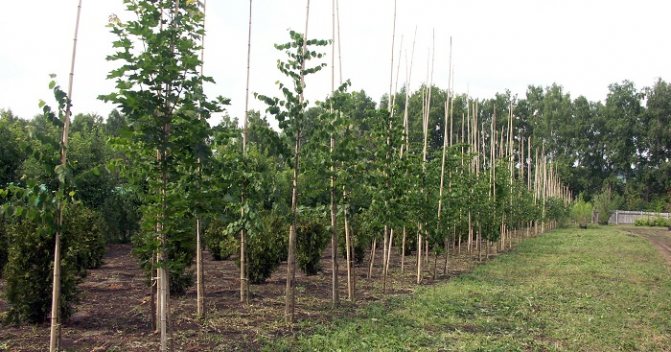

Field maple
Suitable for hedges with a height of 2-4 m. Does not tolerate acidic soil. It grows equally in the sun and in the shade, easily tolerates drought and heat. Reacts well to haircuts. It is pruned twice a year, removing thick, lignified branches. The whole warm period is very decorative, especially in autumn.
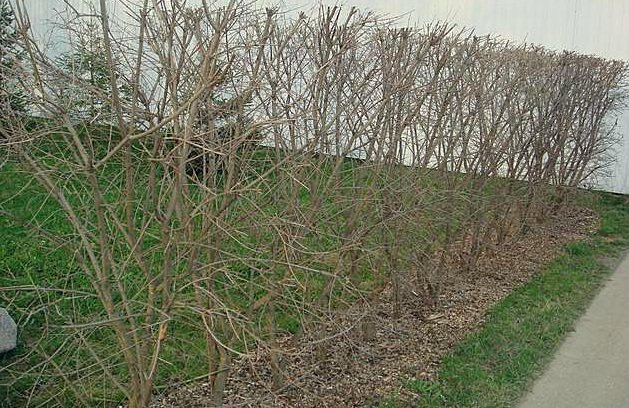

You can learn about other types of fast-growing trees from the following video:
Unwanted hedge plants
It is not recommended to use plants for hedges that grow strongly in different directions, digging the soil. Such instances include raspberries and blackberries, irga, fieldfare and the like. Such plants should not be planted near the border with another area. They are very difficult to control by cropping.
It is not recommended to plant bushes as a hedge that are prone to attack by pests and diseases, for example,
viburnum... A dense fence during an "epidemic" is difficult to treat with chemicals, and besides, such treatment is unhealthy. Such a fence quickly loses its beautiful appearance due to pests; it is extremely difficult to completely protect it from diseases.
Not recommended for fast growing hedges to use not winter hardy perennials... Freezing specimens will need to be systematically replaced; in severe frosts, the hedge may completely die. You should not plant the plants you need replant periodically... Such a hedge gradually degenerates, losing its original appearance.
Planting and leaving
Initially, they mark the territory. Material for a fast-growing hedge can be planted in two ways: dig a trench at least 40 cm deep and 60-100 cm wide, depending on the number of rows, or dig holes for each instance separately. The planting step is chosen depending on the type of plant.
The minimum distance between specimens for single-row planting is 25 cm for climbing varieties, for shrubs 0.5-1.5 m, for trees - from 1.5 m.When planting in two rows, the planting step is from 0.5 m.
It is recommended to replace the soil in the hole with a nutrient composition. The mixture is prepared according to the needs of the plant species. The crown of the hedge is formed during the first 4 years. Not all plant species need to be pruned after planting. Usually, in the first 2 years, pruning is not used for climbing varieties and some shrubs. Some plant species, such as conifers, need pyramidal pruning to prevent the lower branches from shedding. All plant species need systematic watering and feeding during rooting and growth.
How to grow a hedge
The device of a natural hedge is within the power of every amateur gardener. In order to grow a beautiful green wall, you need to be patient, since the formation of a natural hedge is a long process.
For planting material, seedlings are best purchased in horticultural nurseries. The names of plants in specialized stores are indicated in Latin, therefore, in order to purchase exactly those plants that are planned, it is better to contact a sales consultant. The advantage of buying seedlings in nurseries is that each batch of planting material is accompanied by leaflets with agrotechnical characteristics of the plant, without which it is difficult to care for the hedge.
You can create and grow a hedge on your own, but the plants dug up in the nearest forest plantation belt may be sick. In addition, it is quite difficult to dig up a young tree without damaging the root system. Conifers are very difficult to take root, even if only a few roots are broken.
Unpretentious varieties of lianas are suitable for self-cultivation. A green hedge, grown with your own hands from a weaving rose, ivy or hop, is within the power of even novice gardeners.
Rules for planting plants for hedges
You can plant a future hedge in spring or autumn, having previously decided on the choice of plants.
At the preparatory stage, stakes are driven in and the cord is pulled along the perimeter of the square, which it is intended to frame with a green wall. If frequent planting is planned, then a trench is dug along the guide cord. The track width should be 10-20 cm wider than the root ball of the seedling. To plant tall trees along the guide, holes are dug at the same distance from each other.
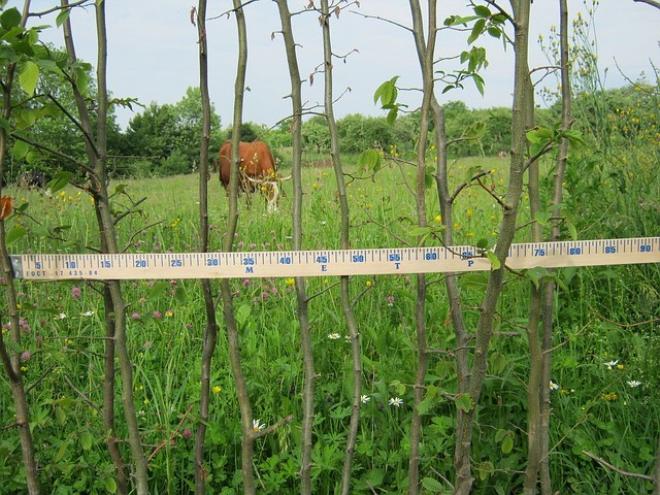

Drainage, sand, humus and a small layer of earth are laid at the bottom of the trench, pits. Before planting the plants, the ditch should be watered with plenty of water. After planting the seedlings, they are watered again.
To determine the step distance between plants, their characteristics will help. For trees, a distance of 1.5 meters is usually chosen, for shrubs - up to 1 meter. The density of the green fence will depend on how close the seedlings are to each other.
For most types of hedges, a single-row planting pattern is used. This fence takes up little space and is easier to maintain. For a tight, impenetrable fence, a two- and three-row fit is used. Plants are planted in a checkerboard pattern, keeping the same distances.
To obtain a dense fence, the distance from one seedling to another is from 30 to 50 cm. A sparse planting (from 70 cm to 5 meters) is used for coniferous and fruit trees, in the long-term planning of high fences.
To form slender rows of shrubs from the outside, you can pull a mesh-netting, so the seedlings will be limited from growing into someone else's territory.
For the cultivation of trellises and climbing plants, a wooden net with large openings is installed along the ditch. It performs a supporting and guiding function. When decorating trellis hedges, the rods of plants are tied together in the form of a grid and temporarily attached to it to fix the shoots.
The key to beauty is a regular haircut
A fast-growing hedge must be maintained on a regular basis to create a sophisticated green fence. Any, even the most beautiful plant, without regular pruning, turns into a wild one. To give the fence an individual shape, it must be trimmed.
There are three pruning methods: rejuvenation, sanitation, and shaping. Rejuvenation and sanitization is carried out annually with all fruit trees. Formation, as a pruning method, is used only to give the hedge a decorative look.
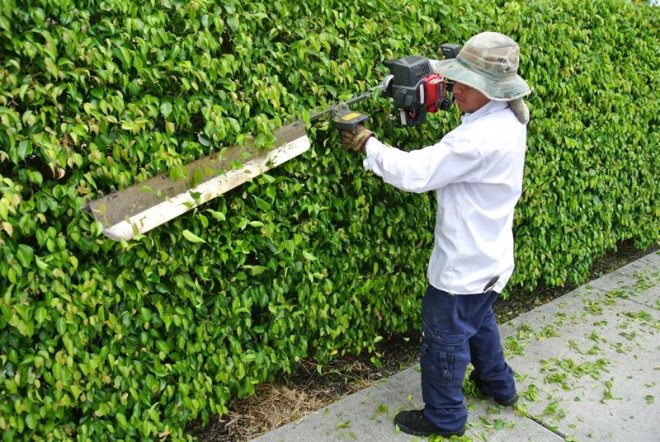

Fast-growing plants are sheared 2-3 times per season. The first pruning is carried out in early spring, the last in the fall. Additional pruning of a young hedge is done in the summer, if the plant throws out shoots that are out of order.

